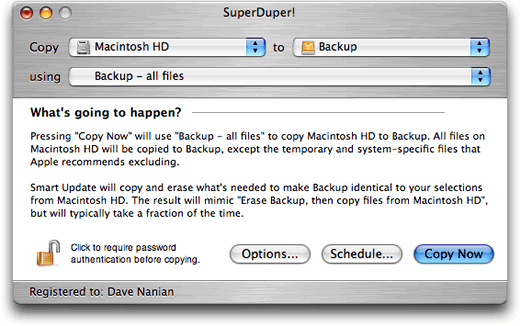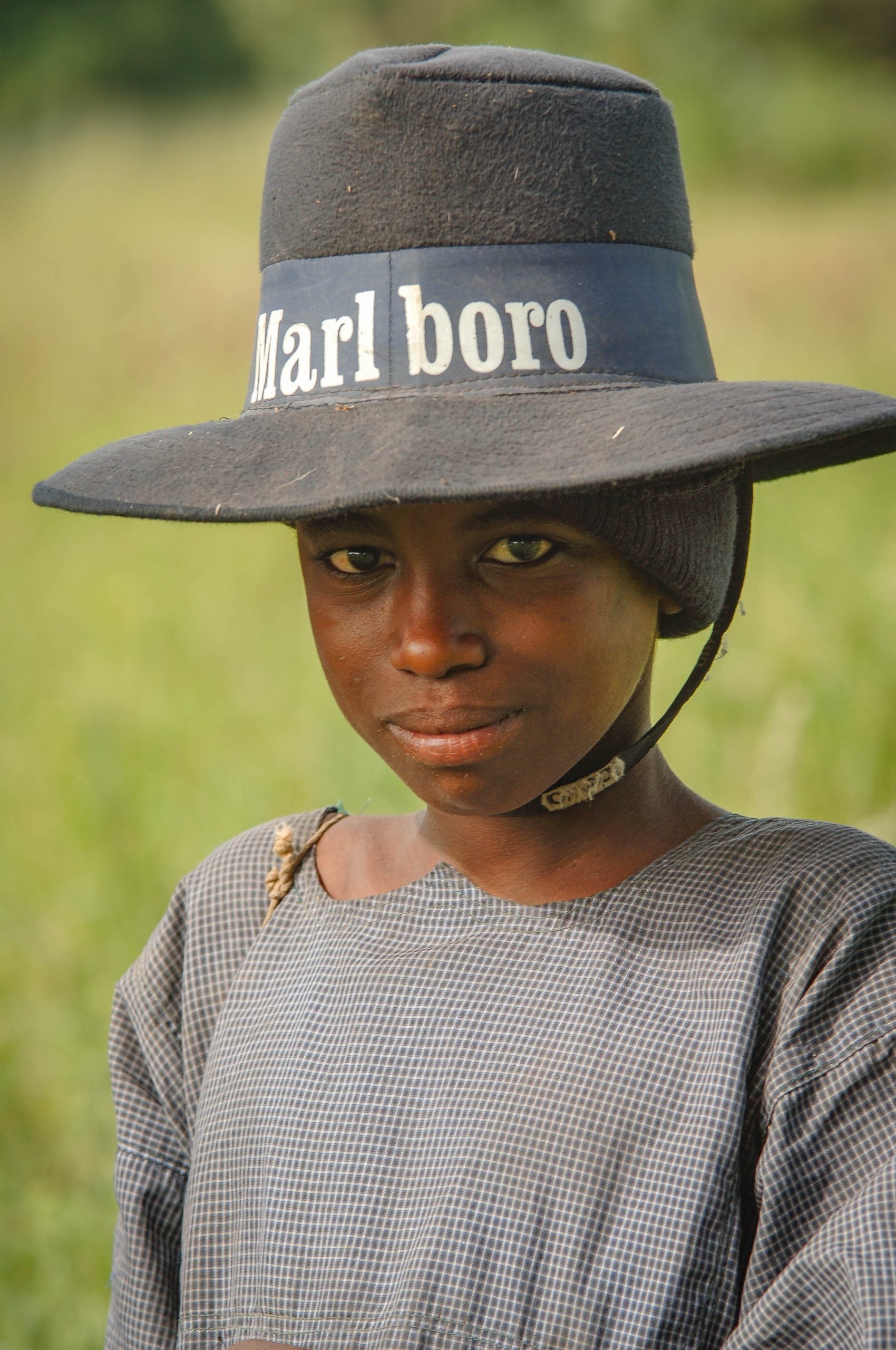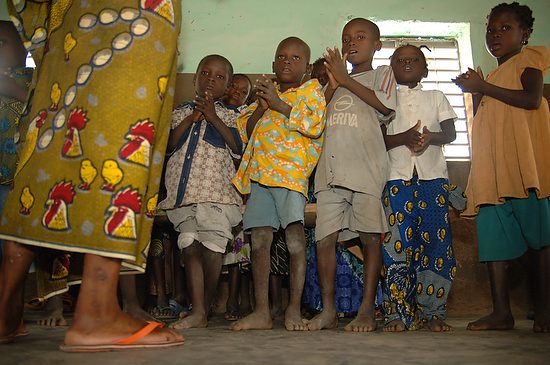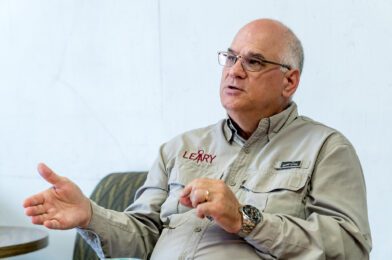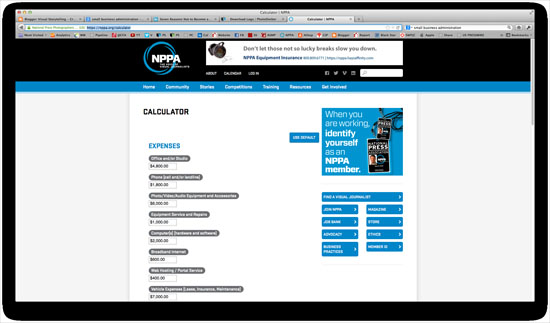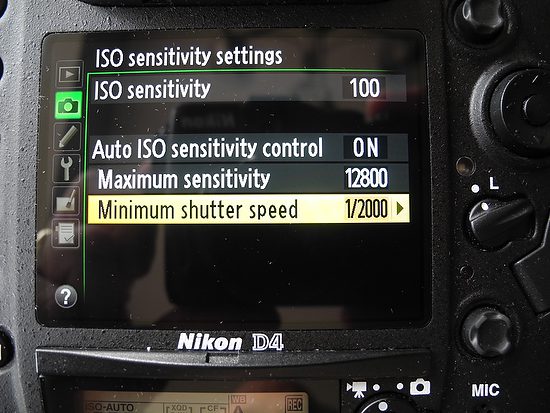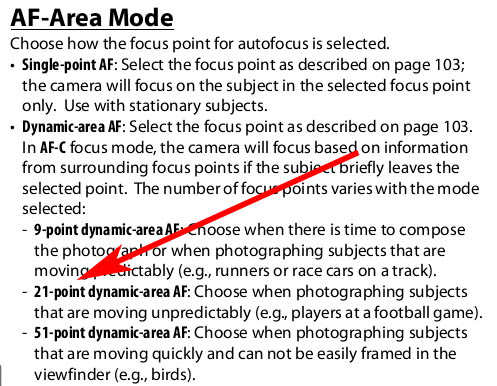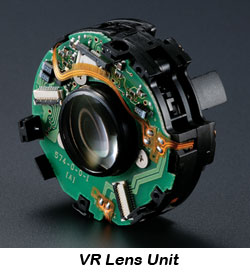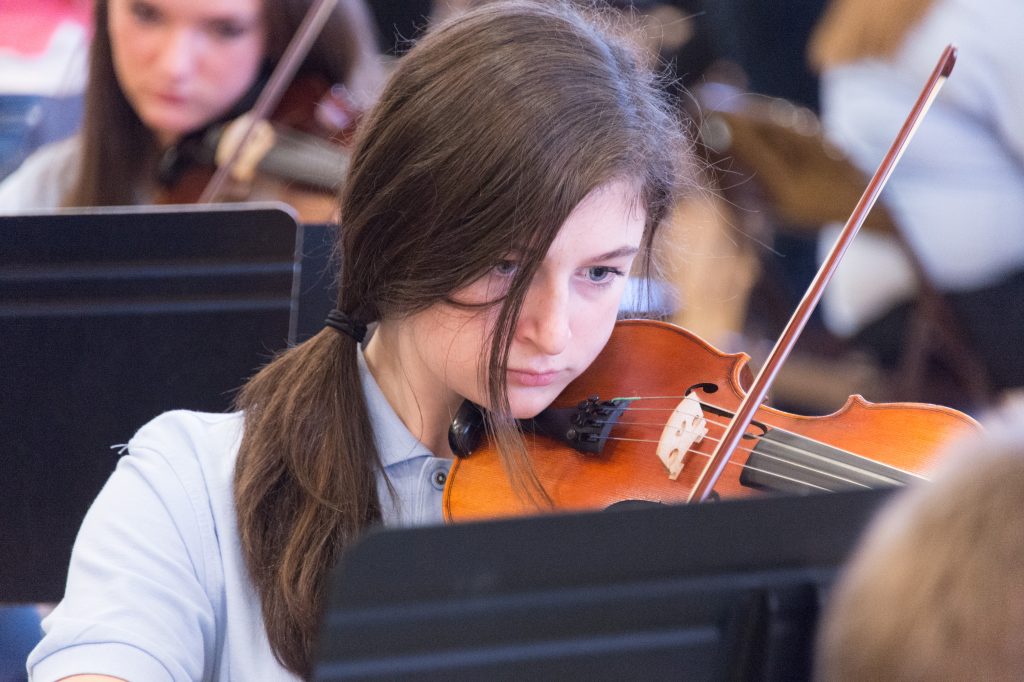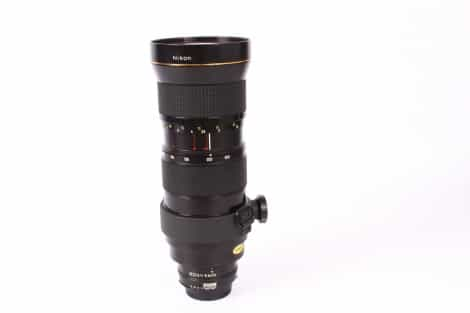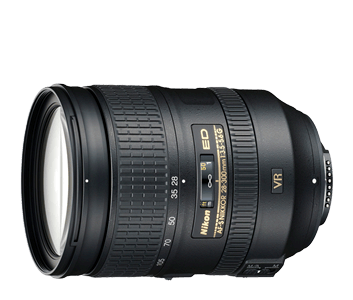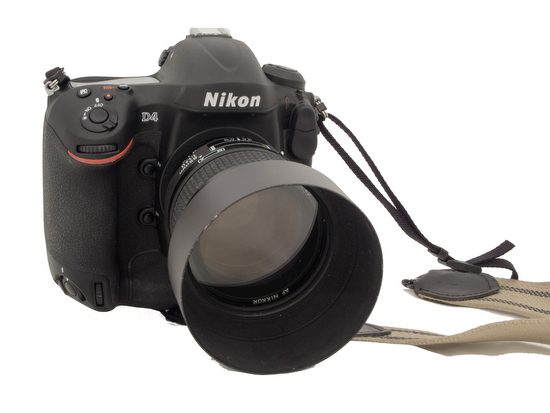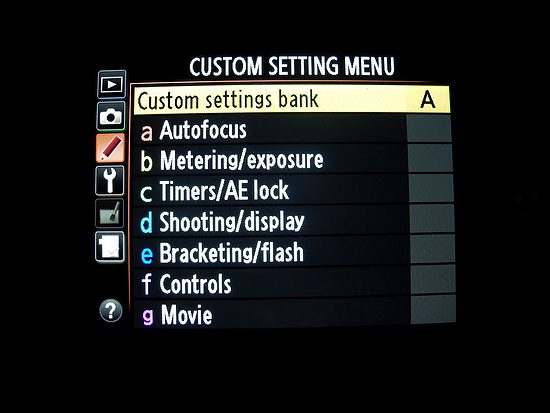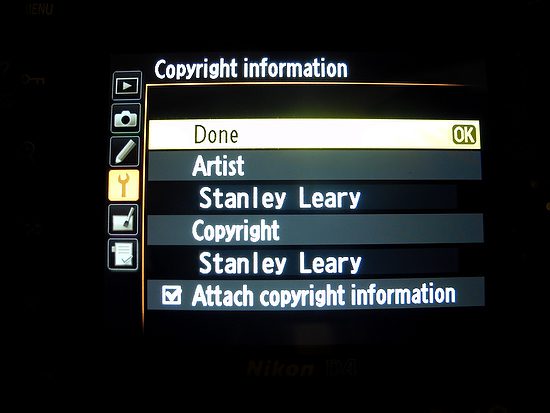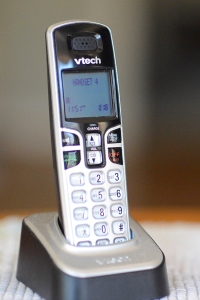Young photographers and old, but all those fairly new to missions, want to know how to start photographing missions. Their attitude and communication says they are ready and should be doing this now. This is my opportunity to empty out all those emotions that are running through my head and articulating what I’m feeling, without risking saying something to someone that I’ll regret. So here is that letter I often write to get it off my chest and never send. By the way this could also apply to doing NGO work as well.
Dear ___________________:
I get contacted almost weekly from someone wanting to do missions work. Your request to know how to get into the field is similar to all those other contacts. You reference seeing others going on mission trips or even a short term trip yourself. Your desire seems to be to do this full-time using your photography to capture missions.
Let’s just be honest with one another—traveling the world and taking pictures just sounds fun. It has to be better than what I am doing here every day.
I believe there are four phases to becoming a missions photographer: 1) The call; 2) The Preparation; 3) The Affirmation & 4) The Corporate Sending.
The Call
You hear the call from God that this is what he wants you to do. How you hear that call is different for every person. One of the most famous calls is of Isaiah in the Bible.
Isaiah 6:8
Then I heard the voice of the Lord saying, “Whom shall I send? And who will go for us?”
And I said, “Here am I. Send me!”
The Preparation
If you were called to be a ditch digger, a doctor, a pastor or a communications person each of these would require you to become more proficient and develop that talent.
For the most part this would entail some formal training and some on the job training. Doctors go to college, then medical school and then they do a residency. My recommendation for most photographers wanting to cover missions abroad is to get some formal classroom training, work with some pros and then do a residency type of position for a year or two, just like the medical doctors do.
The Affirmation
You need others to affirm this call. Before a person is accepted into a Seminary to further their biblical studies they must have a letter of affirmation from a sending church. So to a photographer should have this same type of an affirmation where people are confirming not just that you know photography but are using it now to further the gospel.
The Corporate Sending
You need a client who is willing to pay for the content you are creating. Some missions agencies of different denominations have positions for journalists and photojournalists. You must go through an interview process just like you would if you were to be a church planter. They want to see examples of you doing now what they will send you to do somewhere else.
Where are you on these steps?
From your correspondence with me it appears you think you are ready now, but I have some hard questions for you.
What are you doing in missions right where you are? Would God call someone to do missions photography in your neighborhood?
God hasn’t put you in Africa or somewhere else—he has you here. You are in a mission field. Do you think it is all that different just because you are in a different town, state or country?
You are like so many others who live right here with me in Georgia. Right near me in Clarkston, GA are refugees from all over the world. There is even a book on one of these groups “The Lost Boys of Sudan.” Here is a link to that book http://www.amazon.com/Lost-Boys-Sudan-American-Experience/dp/0820328839. Missions of the cross-cultural experience it is right there.
I am sure there are opportunities in your community for a cross cultural experience if that is where you need to serve.
Here is a NGO that works with the refugees http://friendsofrefugees.com in Georgia.
How will it be any different for you to shoot in some city in Africa than right where you live? Too many “Christians” think that missions are like a worship service. Missions is so far removed from a worship experience. Missions agencies send their missionaries to those places of highest need. Those places are where there is less than 2% of Christians in the population. This is like going to solitary confinement as compared to going to a place where the people are like you.
If you don’t like working in the secular world now, then you are not ready for the mission field.
Now up to this point I have only addressed your willingness to do mission work. Now I want to address another concern I have for missionary work.
Do you think God deserves our very best effort? Based on the assumption he would want us to do everything we could to be prepared, how well prepared are you for the call? Have you taken the talents you have been given and refined these?
Christ selected 12 disciples and then spent three years training them before they were sent out completely on their own for good. He did an internship program with them where they went out and then reported back to him.
Lets just say you have really prepared as best you can. You went to a photography school and got your training. Now you are working somewhere to get your apprenticeship time in. Just like a medical doctor must do a residency, so too you must work somewhere with supervison.
Now comes another perspective. Who will send you? If you think agencies or churches will be the supportive body to help pay for the expenses of you traveling the world to tell the story of missions why would they send you?
Another way to think of this, think of it like National Geographic Magazine. Should they send you to cover a story or someone like a William Allard, Joe McNally, Steve McCurry, Joanna Pinneo or some of their many proven professionals? I would think they would send the person who has a strong portfolio and track record of delivering content.
So too the church and agencies should send the person best because it is good stewardship of what God has entrusted them. Sending someone because they are willing is a good way to burn relationships on the mission field.
I hope you see mission coverage can be where you are now. You should be producing content of the stories in your neighborhood. If you are able to produce solid content right where you are now—which is the mission field, then those groups that can send you to foreign mission fields will see you as a good stewardship choice for them.
Remember the Apostle Paul was not readily affirmed by the disciples. Church history shows us there is a time from his calling until the time he was sent out as missionary from the church. Paul’s Damascus road experience was when he was about age 34 [Acts 9:1-9]. Paul was not sent by the church until he was age 47 with Barnabas [Acts 13:2-3]. He preached in the synagogues in between, but sent out was not for years. He first worked in his neighborhood. If it was good enough for Paul, why not you?
This may sound harsh, but I feel you need to hear this from someone and it might as well be me.
Maybe the thing you need to do is pray for God’s guidance and let him lead you. You might be surprised at all the doors that open through him verses by our own hands.
Sorry I am so pushy with this, but I am really sad to see so many people wanting to go overseas when the largest mission field in the world is here. More missionaries come here of all types of faiths to proselytize than any other country of the world. Who should God send to your neighborhood or city to do mission work? Could it be that he has already called someone–YOU?
Your backyard is your first mission field. This is where you will refine your craft and get the affirmation of others. It is here that your friends will then recognize your calling and send you.
Your call doesn’t always mean now, but you now knowing your path. Keep the faith and fight the good fight.
Stanley
Stanley Leary
Storyteller
Roswell, Georgia
404-786-4914
mailto:[email protected] | www.StanleyLeary.com
http://blog.Stanleyleary.com http://twitter.com/stanleyleary http://www.facebook.com/stanley.leary






